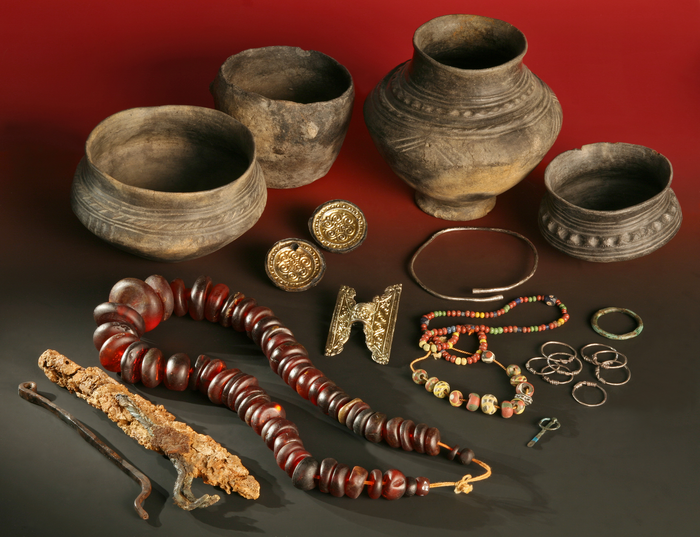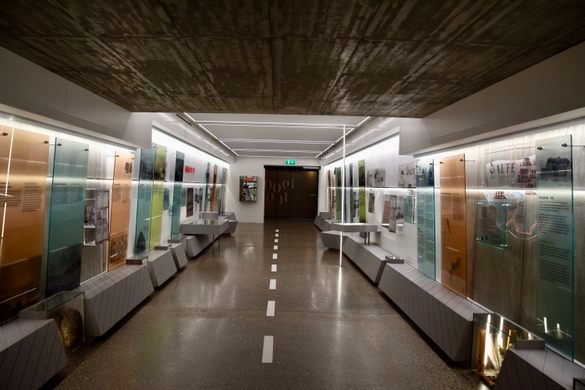Read the rest of this article...
Wednesday, December 21, 2022
Why is Christmas Day on 25 December?
Read the rest of this article...
Winter solstice: Explore these new 3D scans of passage tomb megalithic art
Read the rest of this article...
Video: Marking the winter solstice at Maeshowe chambered cairn
With its south-westerly facing entrance,perhaps Maeshowe’s best known attribute is its orientation towards the setting sun around midwinter.
Five thousand years ago, as now, it may be that the solstice marked the passing of time – the death of the old year and the birth of the new one. In the dark depths of an Orkney winter today, the solstice remains a welcome indicator that the sun is returning.
Read the rest of this article...
Monday, December 19, 2022
700-Year-Old Viking Shipwreck Found at the Bottom of Norwegian Lake
Read the rest of this article...
Time Team recording special at Sutton Hoo in Suffolk
Read the rest of this article...
Bog Body Discovered in Denmark
STENLØSE, DENMARK—Live Science reports that human and animal bones, as well as an unpolished flint ax head, were recovered from what was once a bog on Denmark’s island of Zealand during an investigation conducted before a construction project. The style of the ax suggests that the bones date to the early Neolithic period, more than 5,000 years ago, according to Emil Struve of the ROMU museums. “We know that traditions of human sacrifices date back that far—we have other examples of it,” he said. The human remains include leg bones, a pelvis, and part of a lower jaw with some teeth still attached. The rest of the body probably lay outside the protective layer of peat and was not preserved.
Read the rest of this article...
U.K. Archaeologists Say That Ancient Tools Discovered Around Stonehenge Point to a More Advanced Society Than Previously Known
Read the rest of this article...
Tuesday, December 13, 2022
Vikings: Raiders, Traders and Settlers
The University of Oxford online course: Vikings: Raiders, Traders and Settlers is currently enroling for Trinity Term when the course will begin on 25 January.
Find out more about this course...
Monday, December 12, 2022
Early medieval female burial site is ‘most significant ever discovered’ in UK
Read the rest of this article...
A 1,300-Year-Old Gold Necklace Found in an Early Christian Burial in England Is a ‘Once-in-a-Lifetime Discovery,’ Says Archaeologist
Read the rest of this article...
Great Viking Fortresses Built By King Harald Bluetooth
Read the rest of this article...
Revisiting one of Scotland's rarest Viking burials
Read the rest of this article...
Who were the Normans?
Read the rest of this article...
Monday, November 28, 2022
Currower Ogham Stone
Dated possibly from the fourth to seventh centuries these inscribed stones were located at various sites near ecclesiastical sites or souterrains throughout Ireland also in counties Cork, Waterford or Kerry where the highest number were recorded. Ogham stones consist of parallel lines in groups of 1-5 carved on the faces of the stones. They were carved vertically along the natural angle or edge that served as a natural stemline. The script was written wrapped around the stone it produced a unique three-dimensional aspect. Several were later moved: discovered near parish or townland boundaries or re-used in souterrains.
Read the rest of this article...
Medieval Iceland: A Timeline
Read the rest of this article...
Monday, November 21, 2022
The Stirrup Thesis: A transformative technology that wasn’t
Read the rest of this article...
The ancient golden treasure rewriting Danish history
Read the rest of this article...
Wednesday, November 16, 2022
The Viking Axe
Photo by Medievalists.net
Read the rest of this article...
Thursday, November 03, 2022
Metal detectorist stumbles across Viking treasure hoard in Norway
Tuesday, November 01, 2022
2 Viking swords buried upright might have connected the dead to Odin and Valhalla
(Image credit: The Archaeologists/National Historical Museums, CC BY)
Read the rest of this article...
The mysterious Viking runes found in a landlocked US state
Read the rest of this article...
Monday, October 31, 2022
Sex with humans – not climate change, disease or war – spelled the end for Neanderthals, scientists believe
Read the rest of this article...
Six recent discoveries that have changed how we think about human origins
Read the rest of this article...
Sunday, October 30, 2022
"Preparing Medicine from Honey"
Read the rest of this article...
Harald Hardrada: King of Norway
Read the rest of this article...
The Value and Power of Books in Anglo-Saxon England
Read the rest of this article...
Saturday, October 29, 2022
Landscapes of the Norman Conquest
An exciting new book “Landscapes of the Norman Conquest” by Trevor Rowley has now been published.
For a long time, the Norman Conquest has
been viewed as a turning point in English history; an event which transformed
English identity, sovereignty, kingship, and culture. The years between 1066
and 1086 saw the largest transfer of property ever seen in English History,
comparable in scale, if not greater, than the revolutions in France in 1789 and
Russia in 1917. This transfer and the means to achieve it had a profound effect
upon the English and Welsh landscape, an impact that is clearly visible almost
1,000 years afterwards.
Although there have been numerous books
examining different aspects of the British landscape, this is the first to look
specifically at the way in which the Normans shaped our towns and countryside.
The castles, abbeys, churches and
cathedrals built in the new Norman Romanesque style after 1066 represent the
most obvious legacy of what was effectively a colonial take-over of England.
Such phenomena furnished a broader landscape that was fashioned to intimidate
and demonstrate the Norman dominance of towns and villages.
The devastation that followed the Conquest,
characterised by the ‘Harrying of the North’, had a long-term impact in the
form of new planned settlements and agriculture. The imposition of Forest Laws,
restricting hunting to the Norman king and the establishment of a military
landscape in areas such as the Welsh Marches, had a similar impact on the
countryside.
Viking beadmakers’ secrets revealed in new study
Read the rest of this article...
Viking silver treasure uncovered in Täby in Stockholm
Read the rest of this article...
Viking unhacked silver hoard found in Sweden
Sweden sees Norway’s Viking hack silver hoard and raises with a Viking hoard of silver jewelry and coins in pristine unhacked condition. The hoard was discovered in an excavation of the Viking settlement of Täby, outside Stockholm. It was cached under the wooden floor of one of the Viking Age (800-1050 A.D.) houses about 1,000 years ago.
Read the rest of this article...
Monday, October 24, 2022
Norwich timber henge burnt in Neolithic winter solstice excavated
Read the rest of this article...
500,000-Year-Old Tools In Polish Cave May Have Belonged To Extinct Hominid Species
Read the rest of this article...
Ancient DNA reveals the social lives of the oldest known family group
Read the rest of this article...
East Walton silver pin find sheds light on end of Roman rule
Read the rest of this article...
Archeologists find tomb of Saint Nicholas, 4th century bishop and inspiration for Santa Claus
Read the rest of this article...
Metal detectorist’s find of lifetime as rare 700AD gold sword pommel uncovered
Read the rest of this article...
Saturday, October 22, 2022
Remains of Pictish period cross with bird carvings uncovered in Scottish kirkyard
Read the rest of this article...
Arab DNA Shows Route of Early Human Migration from Africa
Read the rest of this article...
The first horse herders and the impact of early Bronze Age steppe expansions into Asia
The Eurasian steppes reach from the Ukraine in Europe to Mongolia and China. Over the past 5000 years, these flat grasslands were thought to be the route for the ebb and flow of migrant humans, their horses, and their languages. de Barros Damgaard et al. probed whole-genome sequences from the remains of 74 individuals found across this region. Although there is evidence for migration into Europe from the steppes, the details of human movements are complex and involve independent acquisitions of horse cultures. Furthermore, it appears that the Indo-European Hittite language derived from Anatolia, not the steppes. The steppe people seem not to have penetrated South Asia. Genetic evidence indicates an independent history involving western Eurasian admixture into ancient South Asian peoples.
Read the rest of this article...
Secrets Of Iron Age Power Center Uppåkra Revealed By Archaeologists
Read the rest of this article...
Thor’s hammer amulet found in Sweden
Read the rest of this article...
Wednesday, October 05, 2022
10 of the Best Viking Museums in Europe
Read the rest of this article...
Tuesday, October 04, 2022
Rendlesham: 1,400-year-old royal hall unearthed
Read the rest of this article...
Thursday, September 29, 2022
DNA From Skeletons Reveals Large Migration to Early Medieval England
Landesmuseum Hannover
Tuesday, September 27, 2022
How Vikings Influenced the Modern English Language
Read the rest of this article...
Archaeologists Discover 1,200-Year-Old Shipwreck That Reveals A Lost Age: Report
Read the rest of this article...
Genome Study Offers Clues to Anglo-Saxon Migration
Read the rest of this article...
Sunday, September 18, 2022
Vikings: Raiders, Traders and Settlers (Online Course)
The University of Oxford online course will run from Wednesday, 28 Sep 2022 to Friday 09 Dec 2022
You can find further details here...
Reykjavík 871±2
Read the rest of this article...
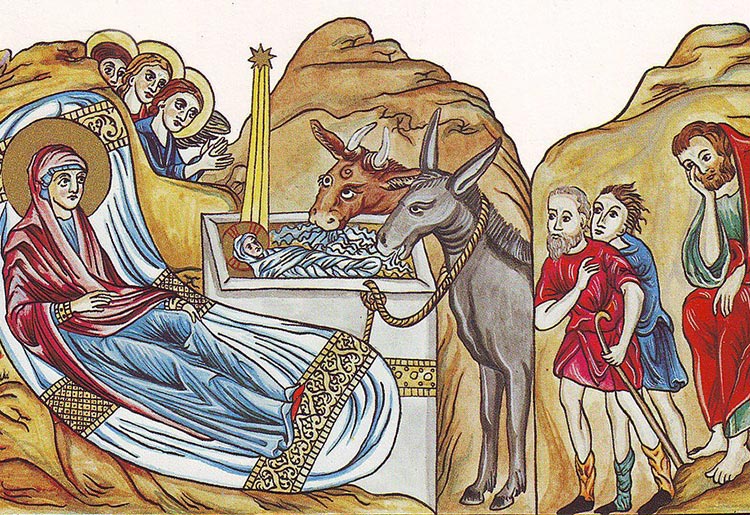
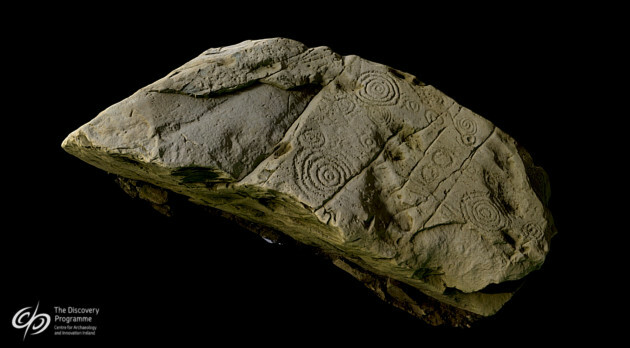


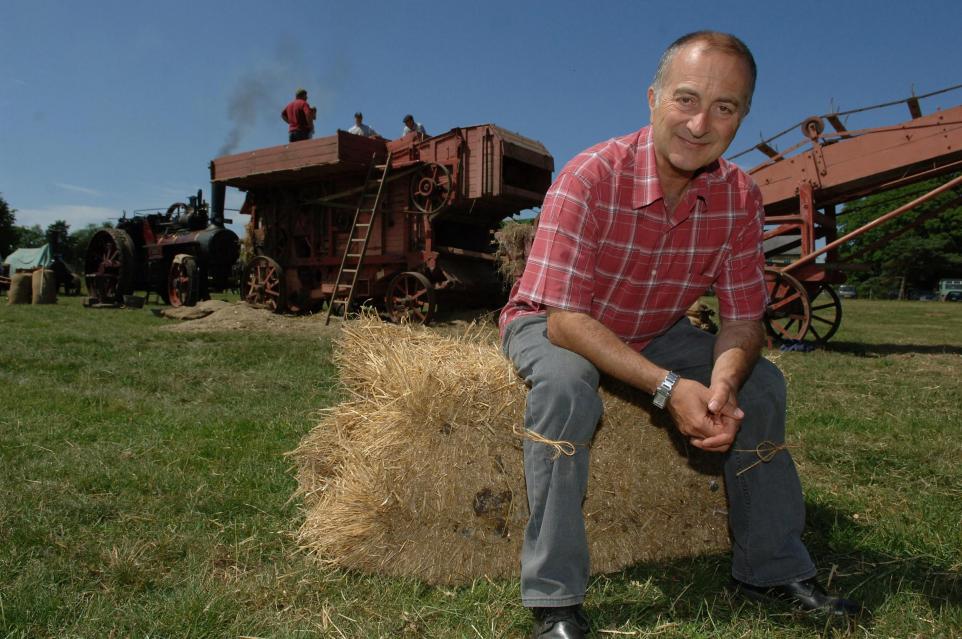
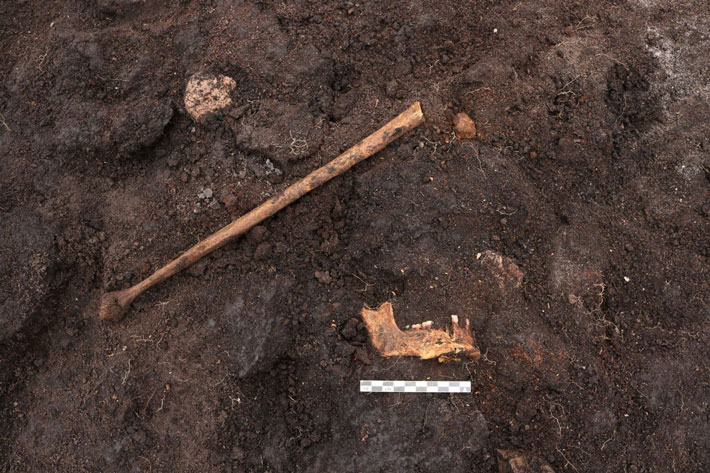
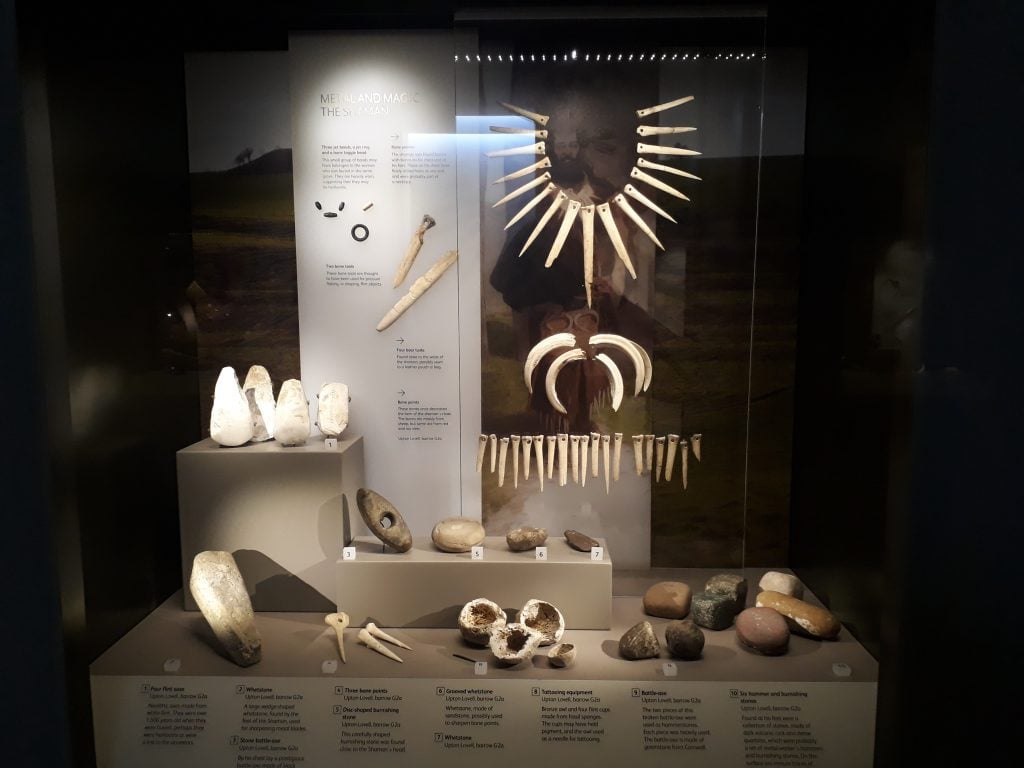






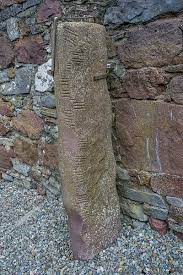

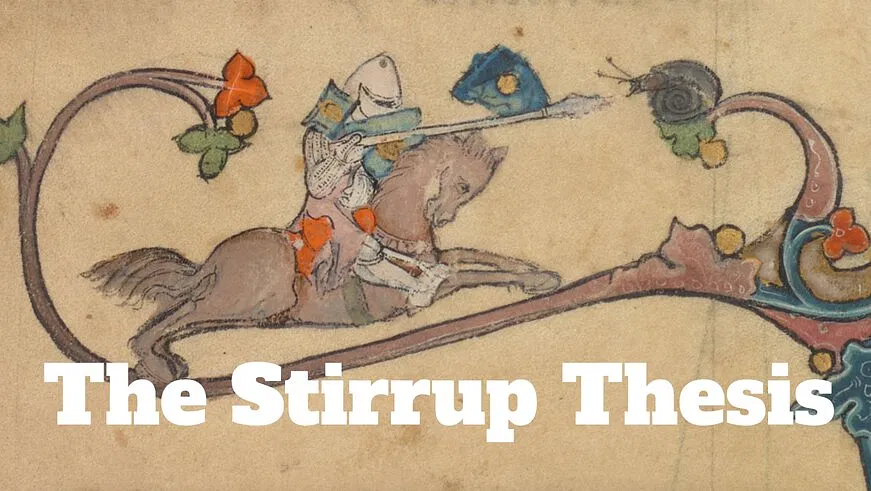


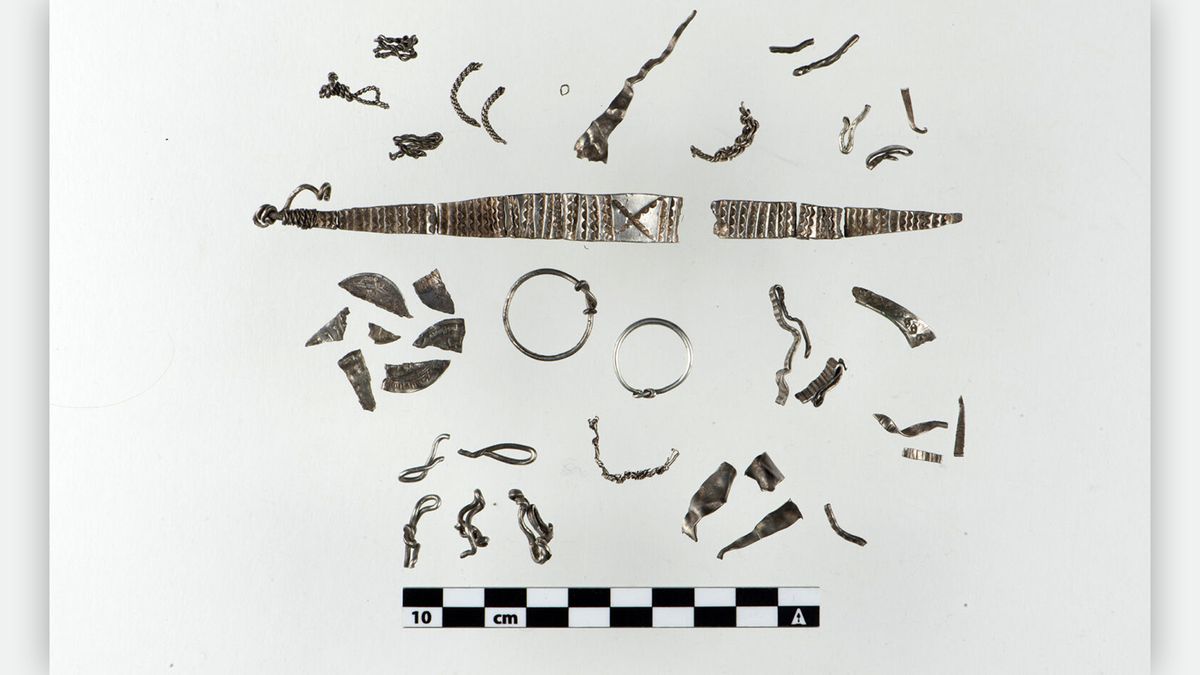
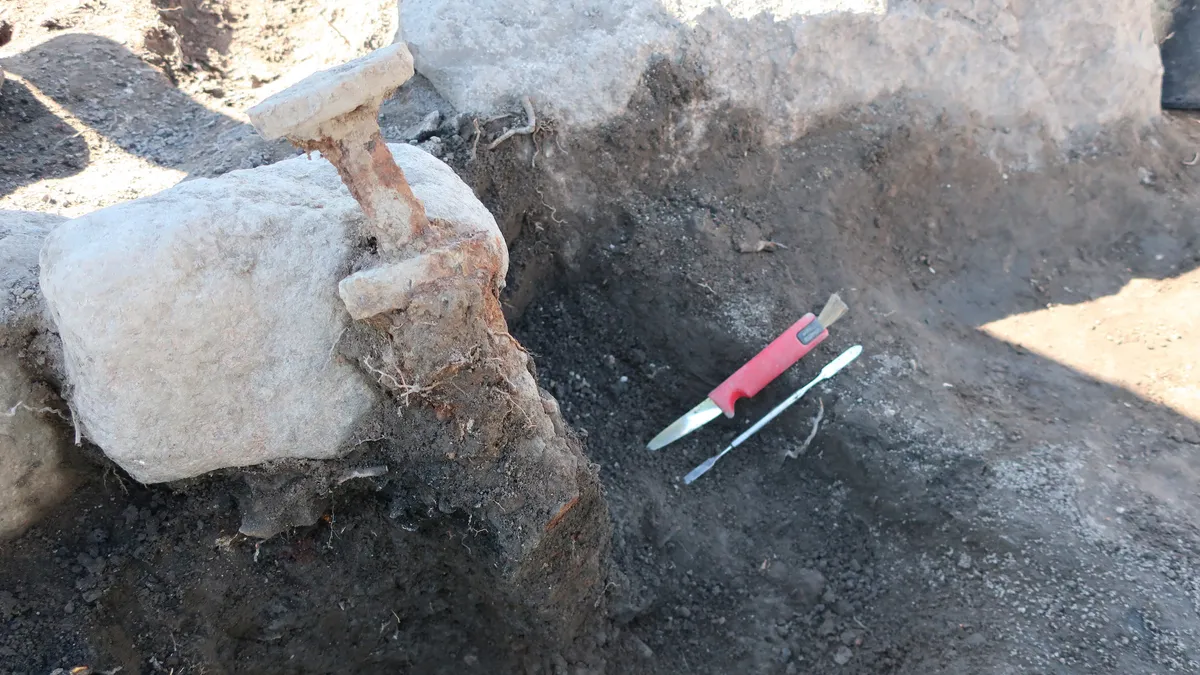
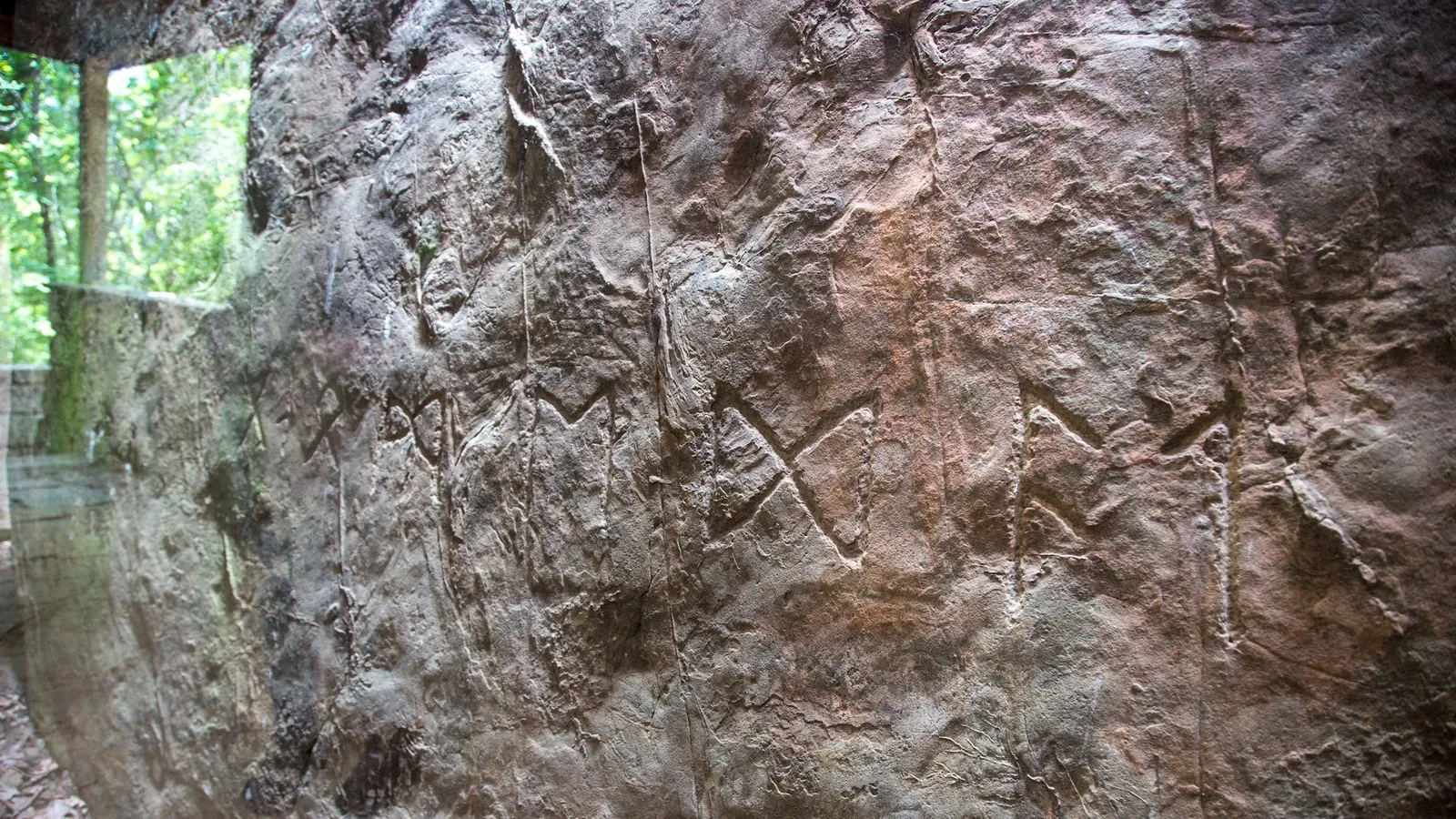

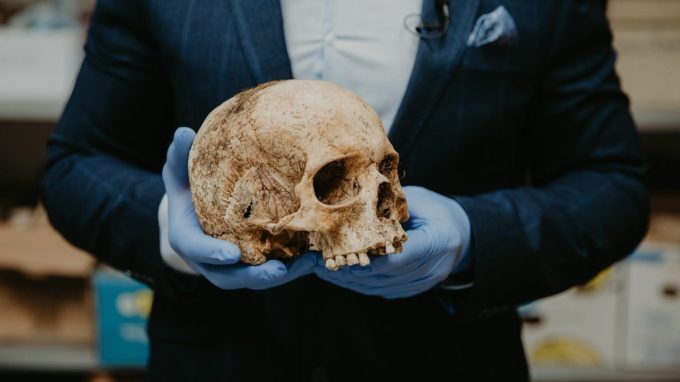
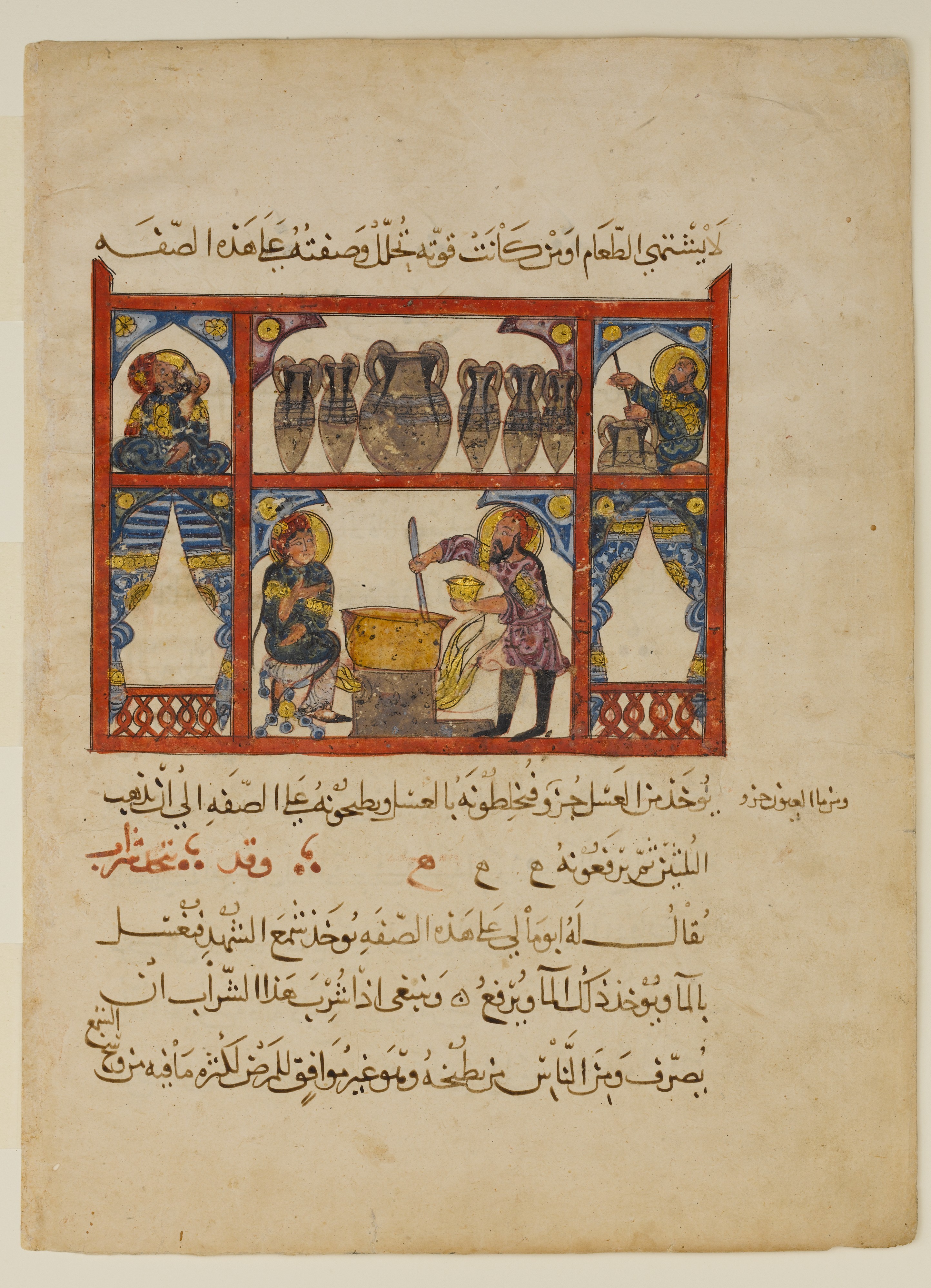
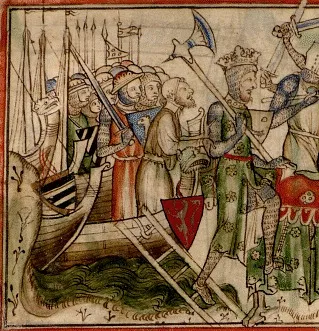


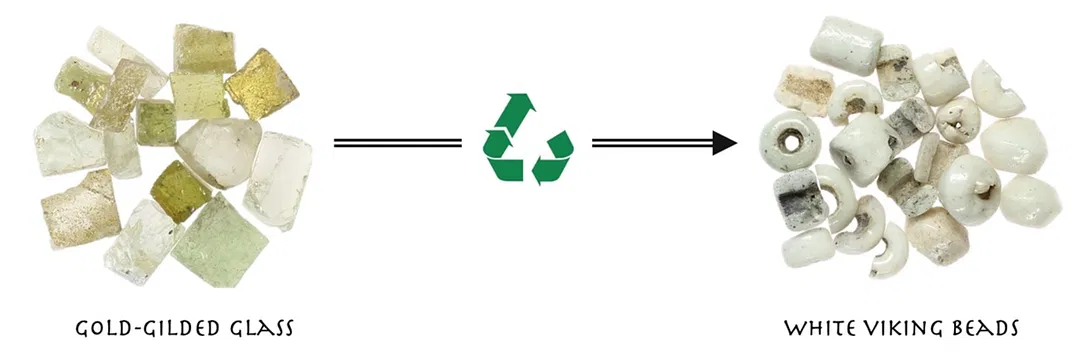
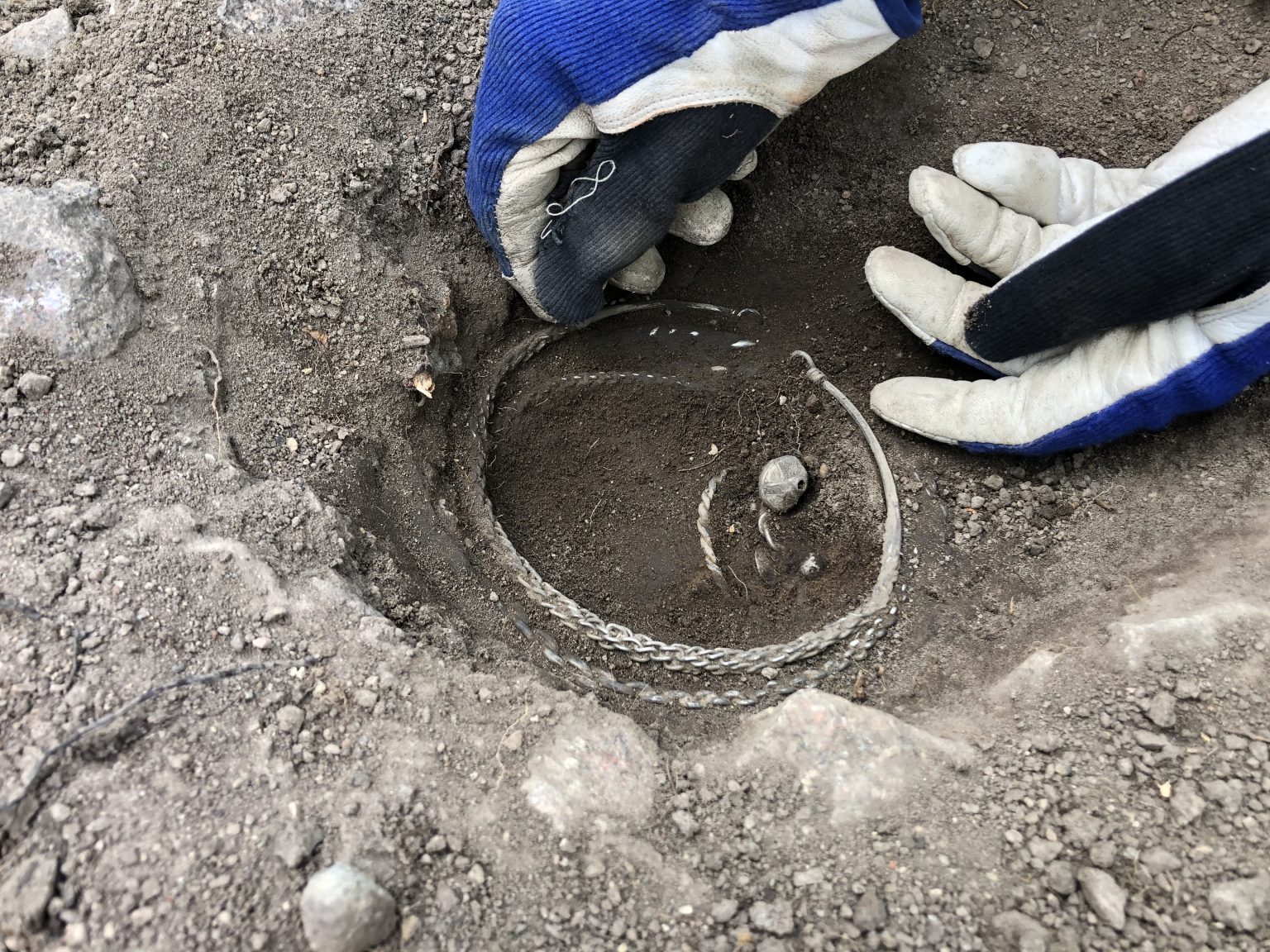
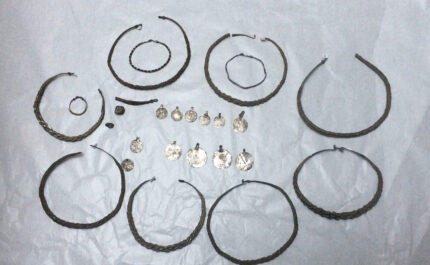
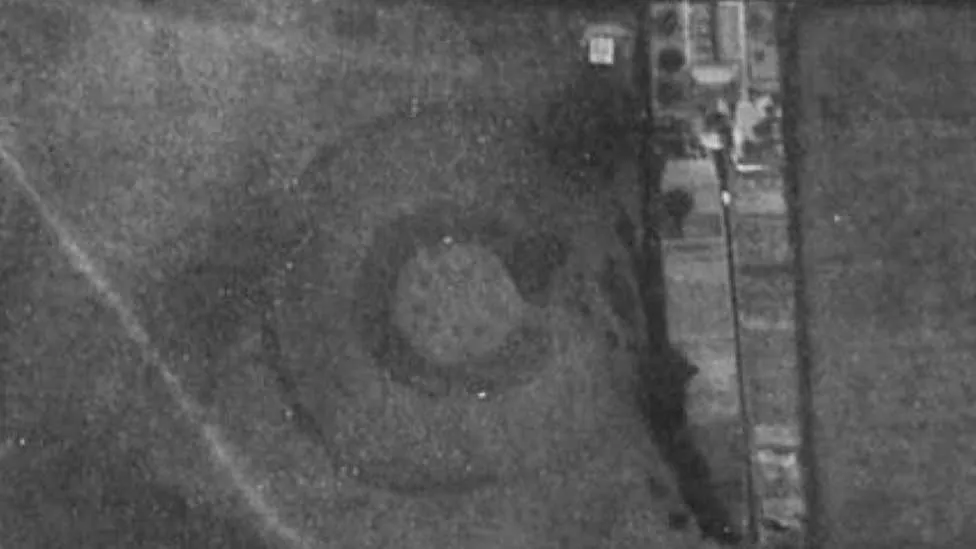

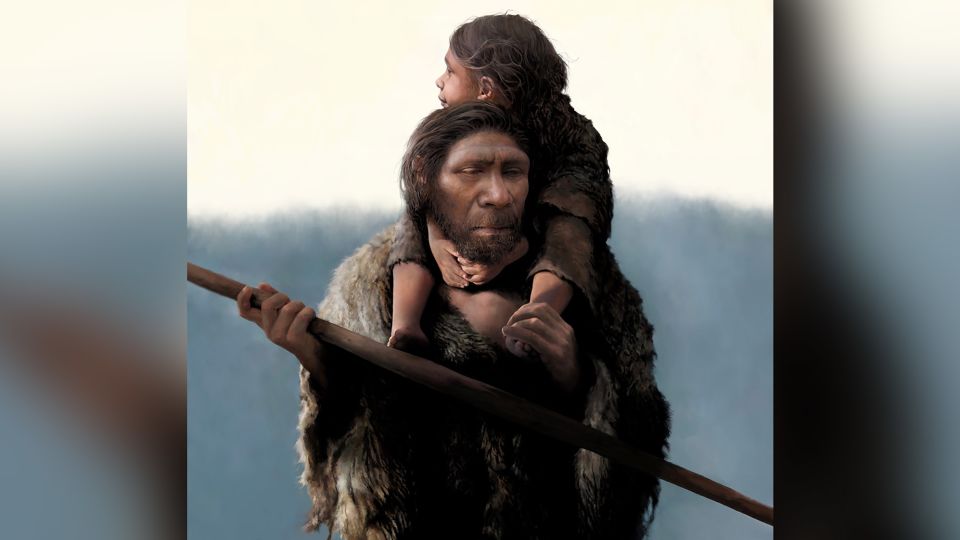
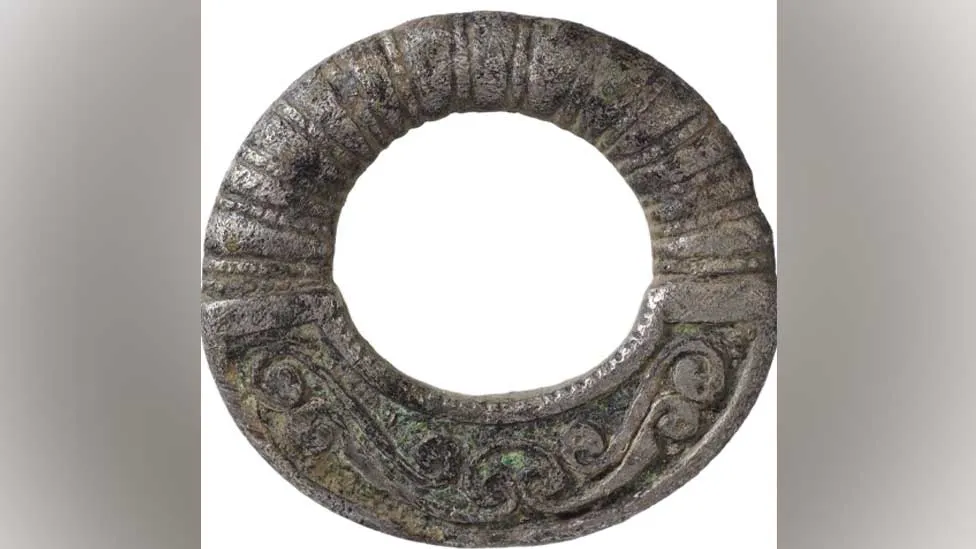

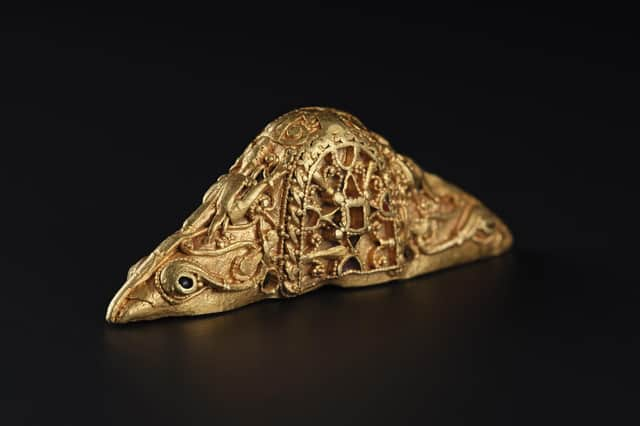
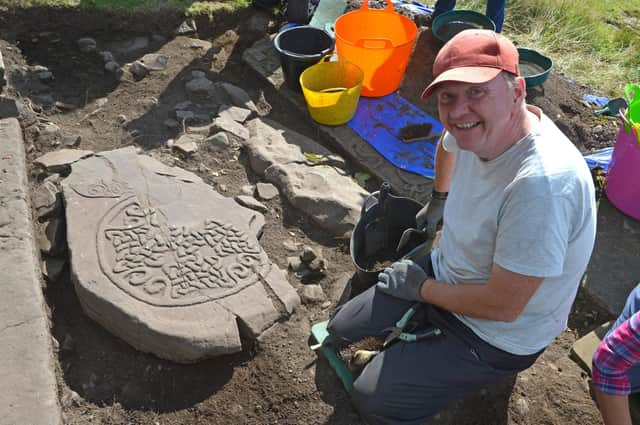
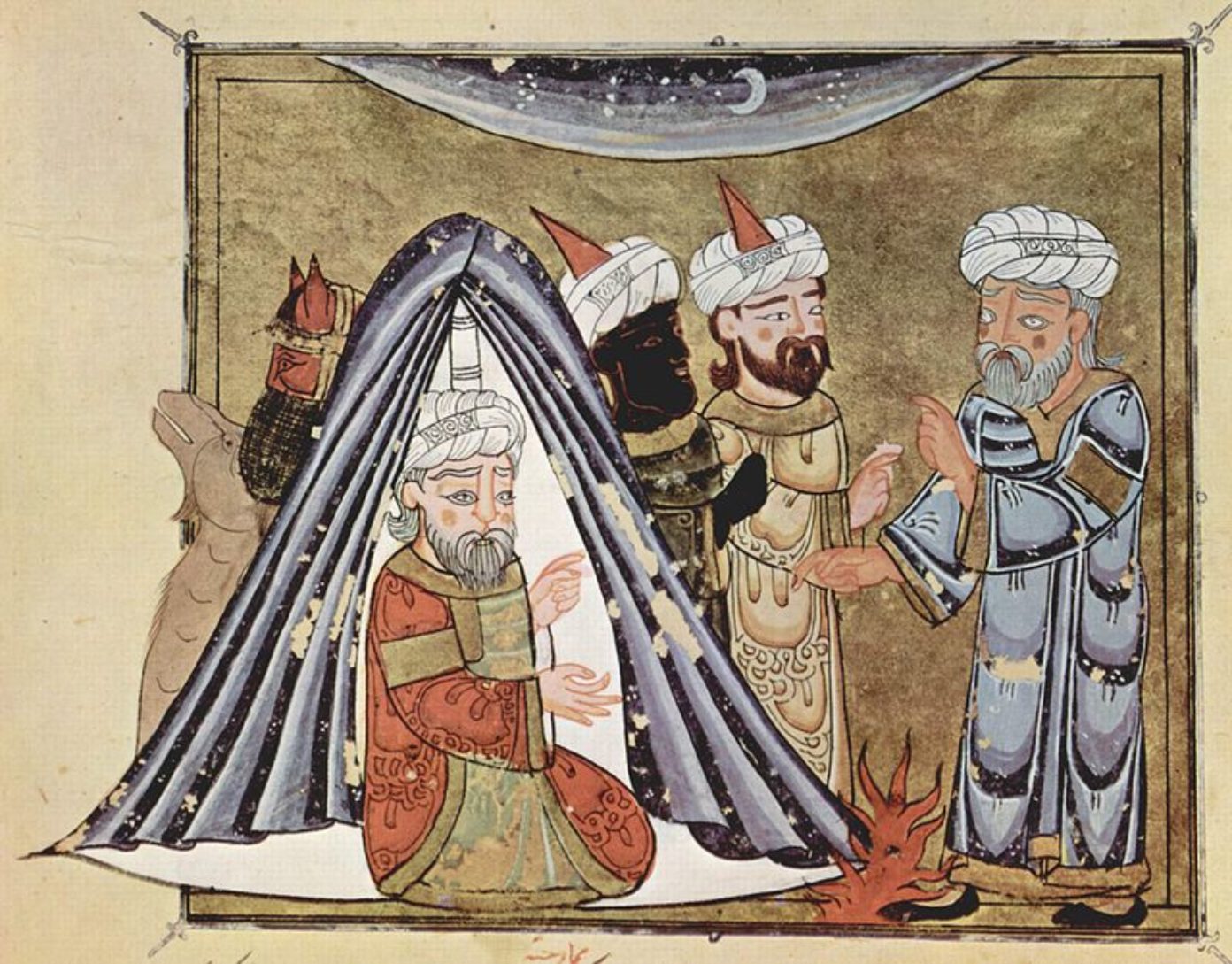





:focal(1440x926:1441x927)/https://tf-cmsv2-smithsonianmag-media.s3.amazonaws.com/filer_public/7d/f8/7df873f6-1d7f-41f9-9c1b-584e8b62e0ee/the-anglo-saxon-migrat.jpeg)


